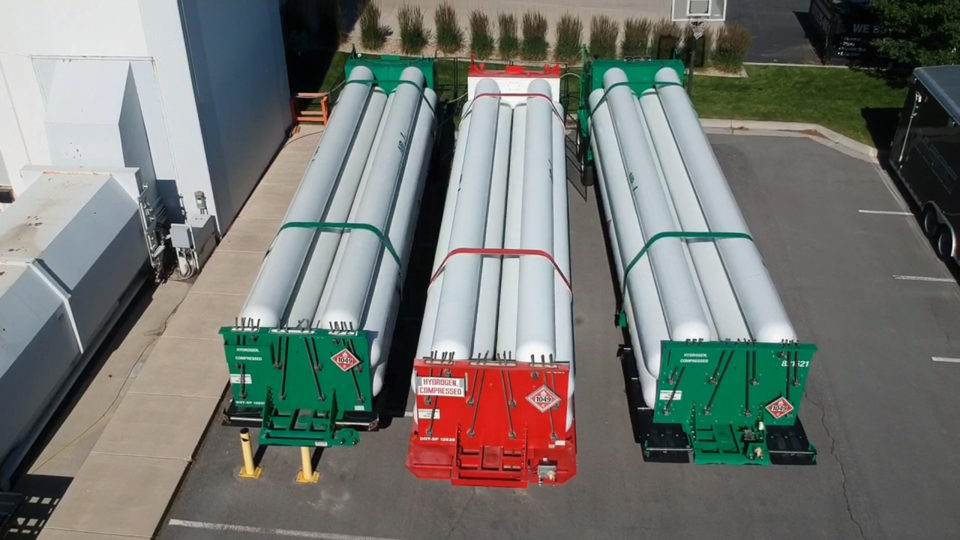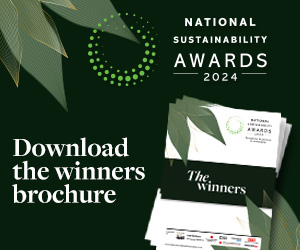Microsoft has set a goal to achieve zero waste from its direct operations, products and packaging by 2030, and in a worldwide first have deployed hydrogen fuel cells to power its servers for 48 consecutive hours.
The waste goal is the third ‘sprint’ in Microsoft’s broad environmental sustainability initiative focusing on carbon, water, ecosystems and waste. Microsoft will create what it calls its Circular Centers [sic] to reuse and repurpose servers and hardware from its datacentres and will also eliminate single-use plastics in packaging.
In a wider move, Microsoft is investing $30m in Closed Loop Partners’ funds to help accelerate the infrastructure, innovation and business models for supply chain digitisation, e-waste collection, food waste reduction, and recycling industry products to build a more circular economy at scale.
Meanwhile the deployment of hydrogen sets a milestone in the company’s commitment to be carbon negative, also by 2030. To help achieve that goal and accelerate the global transition away from fossil fuels, Microsoft is aiming to eliminate its dependency on diesel fuel.
Diesel is used to power the company’s Azure datacentres, where, like at most cloud providers around the world, diesel-powered generators support continuous operations in the event of power outages and other service disruptions.
“They are expensive. And they sit around and don’t do anything for more than 99 per cent of their life,” said Mark Monroe, a principle infrastructure engineer on Microsoft’s team for datacentre advanced development, explaining why they are now considered inefficient.
As hydrogen fuel cell costs have plummeted to the point that they are now an economically viable alternative to diesel-powered backup generators the company has made the switch. The next step for the team is to procure and test a 3MW fuel cell system, which is on par with the size of the full diesel-powered backup generators at its Azure datacentres.
Brian Janous, general manager of Microsoft’s team for datacentre energy and sustainability strategy sees a future for wider use of hydrogen technology: “What if you could take all of these assets the datacentre has and integrate them into the grid in a way that helps to further accelerate decarbonisation of the grid more broadly rather than just a point solution for the datacentre itself. That’s where I think all of this gets interesting.”
Latest News
-
Electrolux doubles recycled materials target
-
Car firm pledges £1m to support environmental and humanitarian causes
-
TransUnion raises £44.8k for suicide prevention charity and other good causes
-
Design agency launches pro bono scheme
-
Premier League side promotes UNICEF at next match
-
Food industry using charities to ‘dump food that is inedible’, research claims
© 2019 Perspective Publishing Privacy & Cookies









Recent Stories